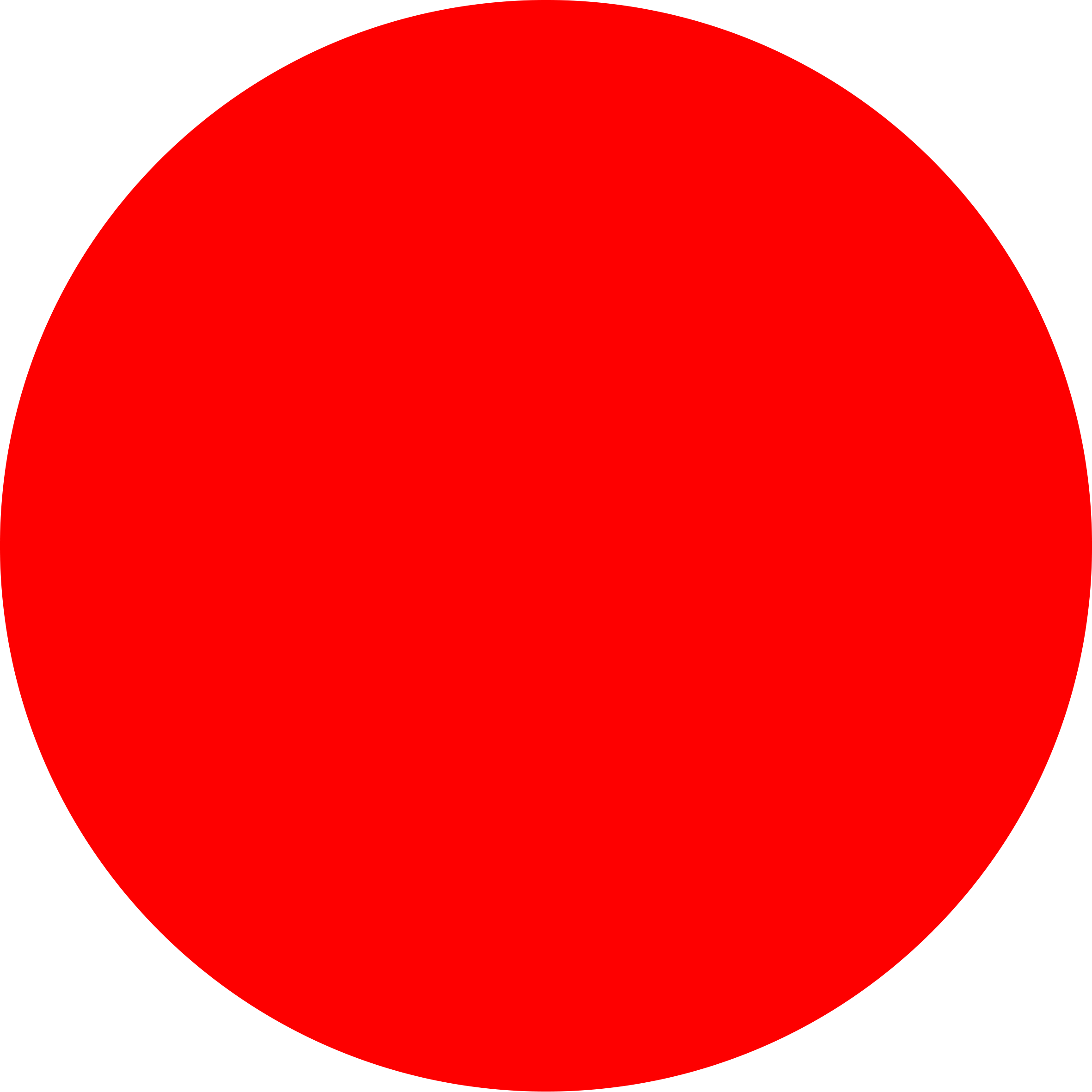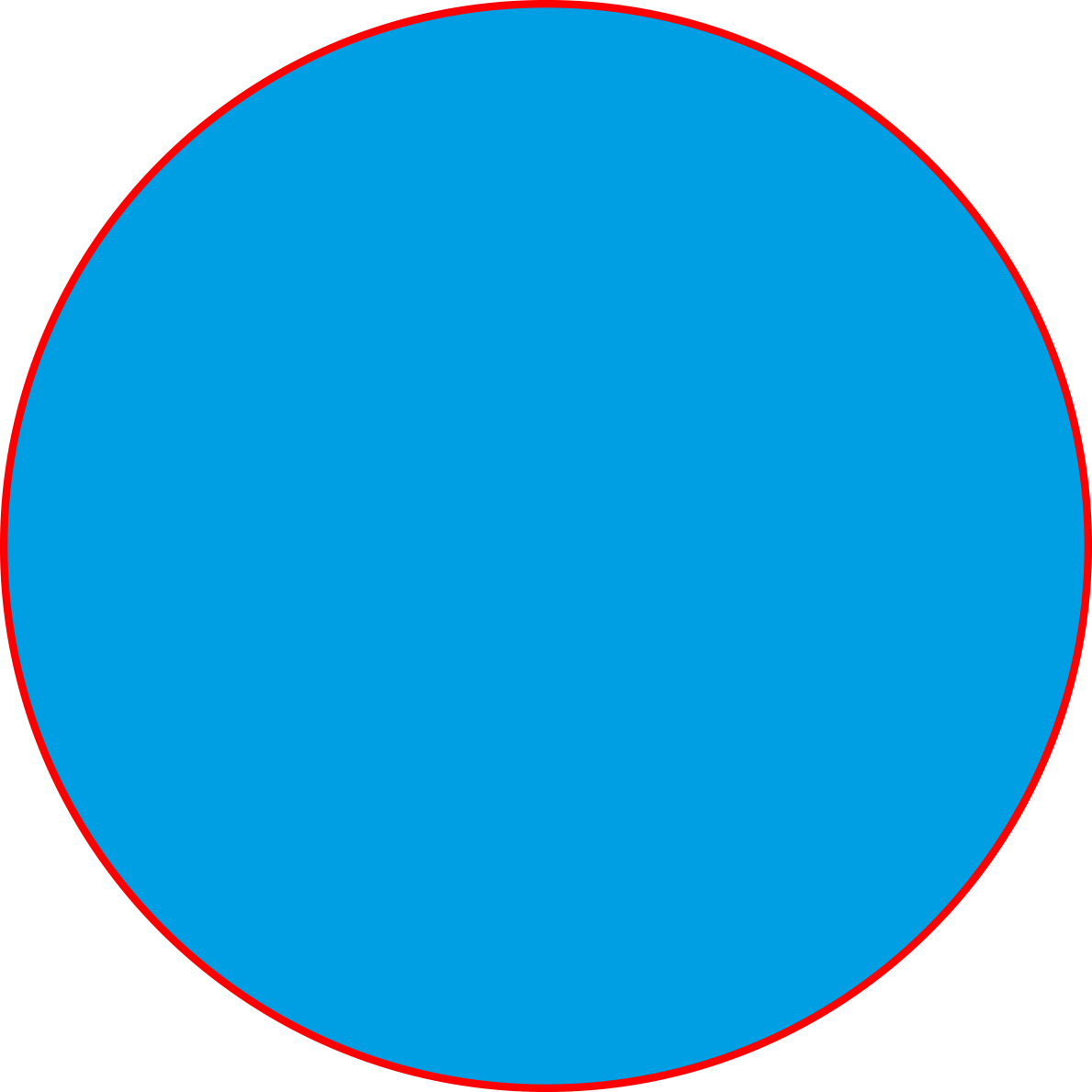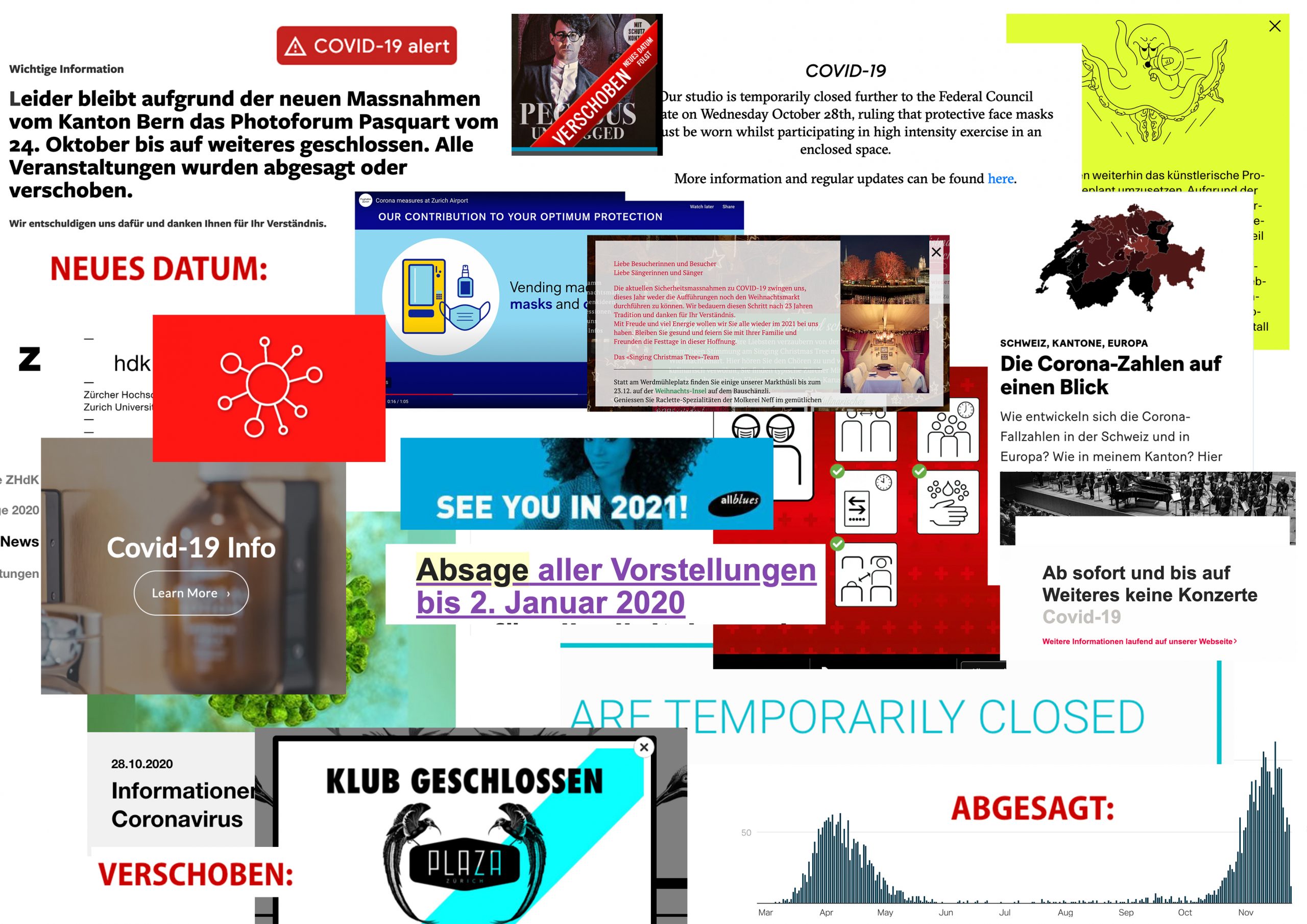





We kindly ask for sharing whatever speaks of an absence around you. It could be a written text (poems, memos, sentences) and/or visuals (photos, screenshots, diagrams) in the absence of …
Amidst the ongoing pandemic and social movements worldwide, what has become absent in your public domain—from the university to the thoroughfare, from the museum to the street corner?
What is no longer visible in our public spaces, which was there before the pandemic started or before the movements were temporarily interrupted? How do these spaces look today? An example could be a wall which once held slogans and stickers but has been continuously overpainted, or a space (re)made through absence. Traces that still communicate the once abundance of messages. Contents erased in a residue denoting a deprived communal conscience, not unlike a discarded sculptural mold where the empty space is leaving the mind to interpret and imagine what once was the object of discourse.
Send us a photo of your enactment for this score to:
score@comingcommunities.org
By sending the photos to us, you accect the terms of agreement.
Please addd your name and additional information (like place and date of realization).

Gallery outside of Boston, MA USA. Work is installed by there is no live audience. The task is to find a way to touch through distance – to make a movement score via imagination instead of physical engagement.

Avenida del Libertador during March 2020, it is one of the principal thoroughfares in Buenos Aires, usually stuck with cars. A Corona warning now hangs in the street sign where advertising is usually placed. Absence of cars, people, responses, noises.

Absence of students in the Philosophical Faculty, Philipps University Marburg June, 2021

Singapore, Aug 2020 Firenze, Dec 2020 Shifting sites/places of life, of living. Both barren, yet the absence opens up new meanings.

As I was looking for an image of absence, I realized I didn’t take any picture during the pandemic.

This little shop is run by an older man from Palestine, on the side of the Jewish Museum. The rental prizes are exploding in Berlin right now, so all these little shops are on the verge of vanishing.

There was a Tatort

Demonstration at a city square.


On a November beach walk in Margate, UK. One chalk message on the cliff wall reads “Affordable Housing Not Yoga Studios”. It references a growing absence of space for everyone, as more people are leaving London to move to the coastal town.

Zurich during Lockdown. An area which is normally full of life has become an empty place.

replacement

Absence of (the possibility of) upkeep in a gentrified neighborhood.


At home, in lockdown.

Absence of normality & absence of other topics of small talk

Irish road signs.

Absence of face


What is absent in Wisconsin is what is curiously present elsewhere: stay-at-home mandates, and enforced mask mandates. The state’s legislature struck down the governor’s stay-at-home mandate in April as unconstitutional, and local police departments throughout the state have pledged not to enforce the governor’s mask mandate. Unsurprisingly, the state has one of the highest rates of COVID spread in the country. Businesses – including restaurants with indoor dining – are left to determine their own policies: open or closed, mask or no mask, without governmental guidance. On the main street here, about half the stores require masks. The presence of a sign like this draws attention to its absence elsewhere

The Stolpersteine (Stumbling Stones) is a project by the artist Gunter Demnig, which began in 1992. With small memorial plaques, so-called Stumbling Stones, laid in the ground, the aim is to commemorate the fate of people who were persecuted, murdered, deported, driven out or driven to suicide during the National Socialist (Nazi) era. Stolpersteine was laid in Germany as well as in 25 other European countries. They are considered the largest decentralised memorial in the world. There were always discussions about the project. On the one hand, right-wingers were of course against it, but there were also concerns that the name would be trampled on. All in all, however, it is probably predominantly a strong wish of the population to remember the murdered, to oppose forgetting.

The absence of the sound of the music and the happy encounters that one would hear when walking through the square in the evening.

screenshot of the Whitechapel Gallery during lockdown

Berlin (Nov 3) and Zoom (Nov 20)

“The way social distancing works requires faith: we must begin to see the negative space as clearly as the positive, to know what we don’t do is also brilliant and full of love. We face such a strange task, here, to come together in spirit and keep a distance in body at the same time.” from Anne Boyer “The Virus”, April 2020

Watching “La Brousse” on Day 2 We arrived home to our 800 square foot flat after spending over 40 hours in airports and airplanes, and after a further 12 hours of waiting at the Asia World Expo for a negative result from our Covid-19 tests. We were relieved to be home, relieved to have a negative test results, and our three children were relieved to see their own toys again. We had left Hong Kong 4 months ago. Expecting to only be visiting my sister for 2 weeks, subsequent flight cancellations allowed us to experience the change of 3 seasons in rural North America. Waking up on June 4th in our own beds. The heaviness of humidity at dawn fits my jet lagged state of mind. I am slightly lifted by the realization that this actually counts as Day 2 of our 14 day mandatory at home quarantine. The day spent at the testing facility counted as Day 1. In a grey-walled room without windows, lit by overhead fluorescent flood lamps, and dozing through the hushed echoes of clinicians at work in full hazmat suites, Day 1 ominously warned of what the government quarantine camps and makeshift hospitals hold in store for those who test positive. June 4th mid-morning I join the children in living room where they play with Lego and listen to cartoons. I sip my coffee as I look out across the harbour to the city center. I read the headlines already. Over 3000 riot police have been deployed across the city. The annual June 4th peaceful vigil that has been held in Victoria Park since 1990 was denied a public assembly license. Despite official reasoning citing the government’s social gathering restrictions for controlling the virus and warnings of hefty fines and arrests for violating the 8-person gathering restriction, we know people will congregate. How many will be arrested? My gaze falls away from the window and as I turn toward the hall, I glance this photograph. This photograph hangs above our couch. My husband chose this image. I remember at the time being somewhat indifferent to his choice. This image? There were similar ones to choose from on the photographer’s site. I admit that it can easily be overlooked, merely serving to “green up” our muted-toned, cement block flat in a room that is mostly beige and dotted with primary colored toys. One might label it as “Decorative Art”. If you look at this photograph you can see vegetation, dirt and rocks, pieces of sky between leaves. You cannot see an animal, a person, a path. These nouns are absent. However, if you watch the image, subjects do indeed emerge. I know that it’s most likely that you, reading this entry, have had conversations about in/visibility before. What is in the frame vs. what is out of the frame. Representation and the curated “truth” of a photograph. Ariella Azoulay calls this the civil contract of photography. The contract is an encounter between the subject, the photographer, the viewer and the camera through time and space. “The photograph is out there, an object in the world, and anyone always (at least in principle), can pull at one of its threads and trace it in such a way as to reopen the image and renegotiate what it shows, possibly even completely over-turning what was seen it in before.”[1] This image indeed does have protagonists. A photographer was there, a plant was growing, an insect hiding, the trace of person sitting on that cushion who was just looking out her window and worrying about how many students would be arrested today. A subject is not absent. There is narration here. Just by looking at this photograph, it’s hard to tell what time it is. It is day-time. But I do not know the location. I do not know how to read the light – is it morning? Is it spring? Was this moment captured ten years ago or yesterday? Time is elusive and easily warped in the dimensions of this image, just as my time has been in various states of government “lock down”, “stay at home” orders and “mandated home-quarantine”. I watch this photograph with a government issued wristband secured to my wrist. The type of wristband that used to flash VIP access to backstage at a concert. But now, indicates that I am surveilled. I am being watched while I watch this photograph in my living room. “Photos are always dangling between two modes – between what’s depicted on the photographic paper and the traces of the photographic act, between the two-dimensional image and the chaos of the reality out of which it was forged, between being a silent picture on a wall and being (the traces of) a scrap of the world teeming with life.”[2] Watching this photograph on day two of my fourteen days in quarantine, in the morning of June 4th, 2020 in Hong Kong. Time is not absent in this photograph. Time is not absent in the collection of the images in this score. It’s difficult to say what emotion this image is meant to evoke, if a specific one at all. Like I said, it could be easily forgotten, merely taken in as geometry, along with the shelves of books and games, balancing the room by being placed opposite of the television screen. But watching this photograph with the now late morning sun and heat pouring through the windows, the intensity of its high contrast enabled by the high dynamic range setting of the camera makes me notice the sweat collecting on my brow and I feel uncomfortable. I know the greenery calls for a sense of tranquility, the abundance of life visible and invisible in the image should be reassuring, but I am unsettled. Affect is not absent in this photograph. I close the blinds half-way and shift to the other side of the room to turn on the air conditioner. The photograph is shaded now and there is the possibility of ease, a serenity that becomes present. “Her reorganization of the visible plane enables her to suspend the act of looking, putting distance between herself and the photographer’s viewpoint, which is frequently imposed on the spectator”.3 By addressing constraints and injury, she opens up other possibilities. [1] Azoulay, Civil Contract of Photography, 13. [2] Ibid 448 [3] Ibid 421

chair stacks

Residue of the original place of oguibe’s obelisk

thousands of cars paint in red the street lines that tansect Vienna on this night before the second lockdown as city-dwellers leave in congested droves for their homes beyond the city line (ones with a garden and expanse beyond a city’s space), their absence causing pause where once congestion was a sign of liveliness not absence-making

Student Residency in a certain university, Hong Kong 15.01.2020 Remains of a slogan at the stairs to high-level halls. It was painted in November 2019, cleaned by the university in December 2019. 你若放棄誰佑我城 (How will we protect our city if you give up?)

Layers of paint to censor and abstract the original urban messages of revolt into a new visual expression. Left behind is a motif of small paper fragments and painted stains shaped intricately. It became something anew, something that reminds us of new scripts or an alien language, an echoing residue shifted into abstract visual poetry, where this renewed absence of explicit meaning turned into an even stronger signified message of oppression and power abuse. A work of art that denotes a strong political message as a reminder. The remains of what these walls were originally communicating are not allowed to exist anymore, but the message it utters now in place, signals an even stronger evidence of erasure of ideas, opinions and ultimately the destruction of public discourse in a tour the force by incompetence and fear in an attempt to eradicate dissent. The walls turned into meta-mirrors denoting consent, questioning the public to reflect on their own responsibilities of being complicit in condoning and whitewashing lies and suppression. These hastily enforced decisions will be pivotal for the coming generations in a future, which is now decided. The silence that is left is a marker for contemplation sparked by these new artworks of absence on the urban canvas of the new Hong Kong. Tin Shui Wai, public stairways, MTR station, Hong Kong.

Voices have been numbed in an eerily silence. The residual remains of visual communication denoting resistance and communal opinions in free speech are still echoing as muted witnesses the turbulent moments that were so ubiquitous. A deceptive sense of peace and calm represented by the stillness and emptiness reverberates loud and clearly an ominous message of fear from a lobotomized society heading to an uncertain future. Hong Kong’s Tai Po Market under passage.

before the fires

The first day after Hong Kong national security law came into effect, the July 1 march was banned by police for the first time. While still a lot of people took on the streets, people talked about the death of “One Country Two System” and also death of “Hong Kong” on the street… a lot of underground banknotes were left on the street at the end of the day. A comrade said: Welcome to the hell, and let’s have some fun!

It was a day before the one year anniversary of a million people took on the streets of Hong Kong on 9 June 2019. Some conversation was keep going on over those paints by covering or un-covering each other all the time since June 2019. This morning a new message was found there: 藍C清牆真給力,讓我發放新訊息 Blue ribbons (government supporters) cleans this wall so well, so that I could send some new information.

overpainting until the last memory is gone.

the absence of a university.

Non mortem timemus, sed cogitationem mortis Nicht den Tod fürchten wir, sondern die Vorstellung des Todes It is not death we fear but the thought of it.- Seneca

Column. 721. Mismatched grey paint. 721. Another shade. 721. Another blotch. 721. Patched over. 721. Heightened. 721. Patch. Paint. Mismatch. Wiped. No need to write now. A blotch of grey is enough. Indelible.

Residue of the original place of oguibe’s obelisk in Kassel